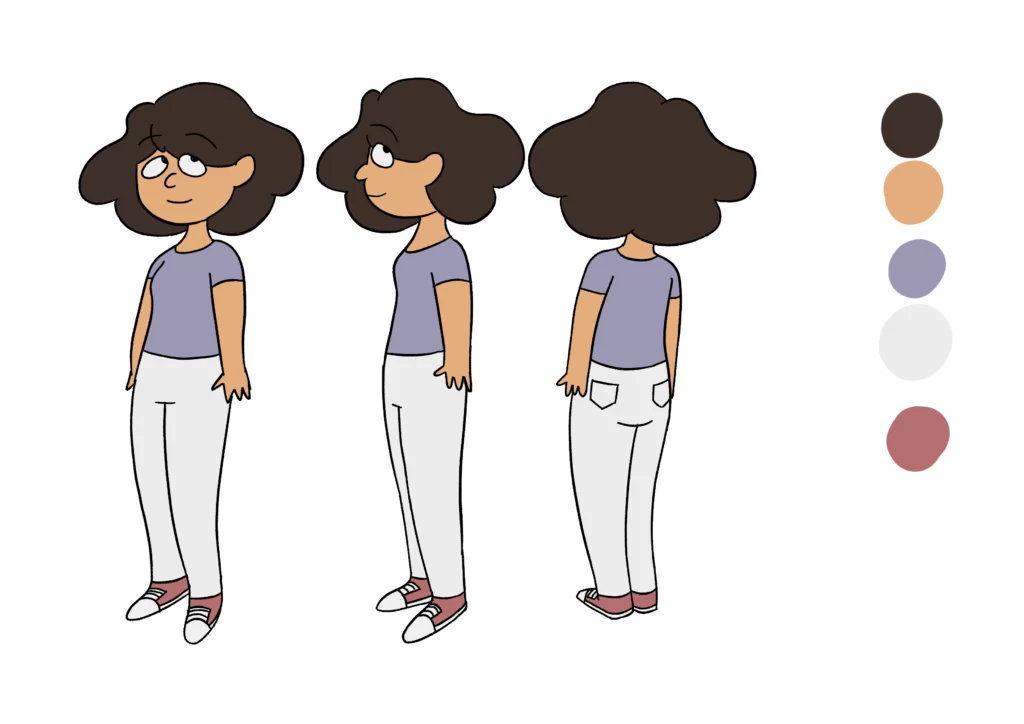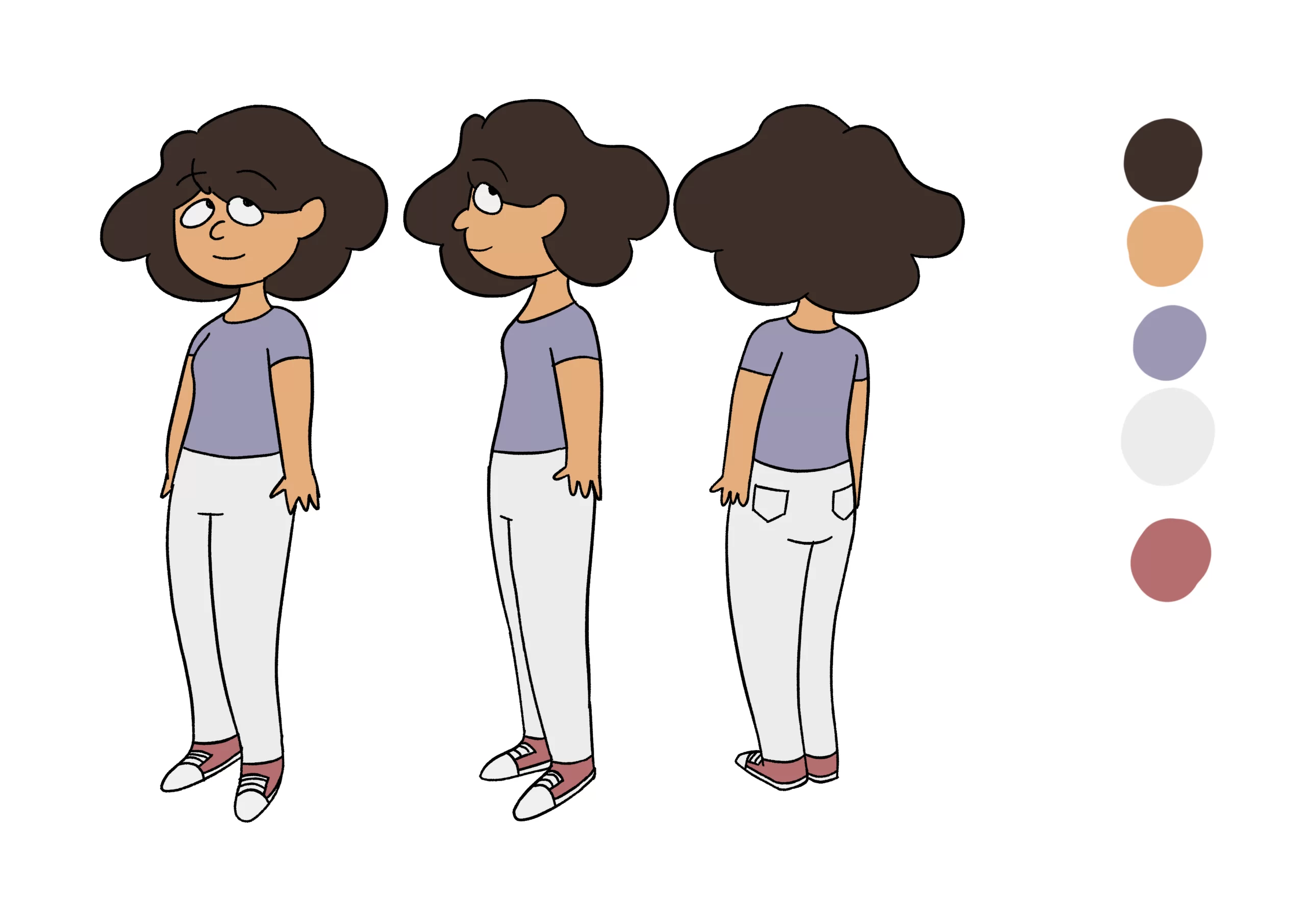think of bradley
censorship in animation
Animation censorship is a complicated topic that has been discussed for a long time. Though there are valid worries about shielding kids from objectionable or dangerous content, there are also valid worries about how censorship affects creativity and freedom of speech.
Creating a system of ratings and warnings to alert parents to the content of a specific animated work is one way to address this problem. Promoting media literacy education, which would teach kids how to analyze the media they consume critically, is another way to solve the problem. In the end, a variety of strategies will probably work best to address the censorship problem.
A delicate task requiring careful consideration is striking a balance between shielding kids from potentially harmful content and upholding the artistic freedom and originality of animators. Censorship can limit the variety of viewpoints that are presented in animated works and hinder artistic innovation, even while it can protect viewers from violence, sexual content, and other inappropriate content.

Bradley

Adam
short film
storyboard








